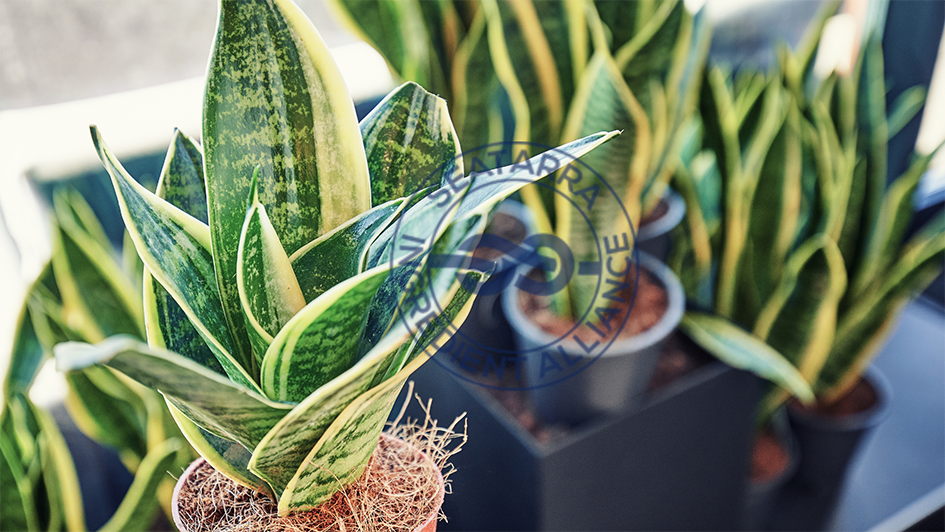
Creating a Botanical Sanctuary: Plants for Your Bedroom
Transforming your bedroom into a botanical sanctuary is not just about adding greenery; it’s about creating an environment that promotes health, wellness, and peace. Plants in the bedroom can purify the air, reduce stress and anxiety, enhance mood, and even improve sleep quality. This comprehensive guide will explore how to curate and care for a selection of plants that will turn your bedroom into a verdant oasis, detailing the benefits they bring and how they can be integrated into your lifestyle.
The Healing Power of Bedroom Plants
Plants are not merely decorative; they’re living organisms that interact with your body, mind, and the environment. They can absorb toxins from the air, increase oxygen levels, and even improve your mood and mental health. Bringing plants into your bedroom creates a natural sanctuary that supports relaxation and rejuvenation.
Air Quality and Sleep
Certain plants are particularly beneficial for bedrooms because they improve air quality and, by extension, sleep quality. They do this through photosynthesis, where they take in carbon dioxide and release oxygen. Some plants, like the Snake Plant, even continue to release oxygen at night, providing a fresh supply of air that can help you sleep better.
Stress Reduction and Mood Enhancement
The mere presence of plants can also reduce stress and anxiety. Greenery and natural elements have been shown to lower cortisol levels, the body’s stress hormone. Plants like Lavender and Jasmine emit calming fragrances that can help soothe the mind, preparing you for a restful night’s sleep.
Choosing the Right Plants
Selecting the right plants for your bedroom is crucial. You’ll want to consider factors such as light requirements, care level, and the specific health benefits they offer. Here are some top choices:
1. Snake Plant (Sansevieria)
A hardy plant that requires minimal care, making it perfect for bedrooms. It excels in air purification, removing toxins such as formaldehyde and benzene, and uniquely releases oxygen at night.
2. Lavender (Lavandula)
Famous for its soothing aroma, Lavender can decrease heart rate and blood pressure, setting the stage for a peaceful sleep. It requires a bit more attention and plenty of sunlight.
3. Peace Lily (Spathiphyllum)
This elegant plant not only purifies the air but also adds beauty with its white blooms. It can thrive in low light and prefers a moist environment, making it suitable for bedroom conditions.
4. Aloe Vera (Aloe barbadensis miller)
Known for its healing gel, Aloe Vera also purifies the air of benzene and formaldehyde. It’s easy to care for, requiring occasional watering and indirect sunlight.
5. Rubber Plant (Ficus elastica)
With large leaves that can absorb airborne chemicals, the Rubber Plant is another excellent purifier. It thrives in indirect light and needs to be kept moist.
6. English Ivy (Hedera helix)
Ideal for cooler bedrooms, English Ivy excels in removing airborne fecal particles and combating mold levels. It prefers moist soil and cooler temperatures.
7. Boston Fern (Nephrolepis exaltata)
This lush plant adds humidity to the air, benefiting those with dry skin or respiratory issues. It requires a bit more care, thriving in high humidity and indirect light.
Integrating Plants into Your Bedroom
Creating a botanical sanctuary involves more than placing a few potted plants around your room. Consider the following tips to ensure your plants thrive and contribute positively to your space:
- Lighting: Assess the natural light in your bedroom and choose plants accordingly. Some plants, like the Peace Lily, can thrive in low light, while others, like Lavender, need plenty of sunlight.
- Placement: Think about where to place your plants for the best aesthetic and health benefits. For example, placing a Snake Plant near your bed can enhance the air quality around you as you sleep.
- Humidity: Bedrooms can vary in humidity. Plants like the Boston Fern can add moisture to dry rooms, while succulents, such as Aloe Vera, are perfect for drier environments.
- Care Routine: Develop a care routine that fits your schedule. Most bedroom plants are low-maintenance but do require regular watering, occasional feeding, and the right amount of light.
The Benefits Beyond Beauty
The advantages of having plants in your bedroom extend well beyond their visual appeal:
- Psychological Well-being: Studies have shown that interaction with indoor plants can reduce psychological and physiological stress. Tending to your plants can become a meditative and therapeutic ritual that calms the mind before sleep.
- Improved Air Quality: Plants can absorb harmful toxins and release oxygen, improving the air quality in your bedroom. This can lead to better respiratory health and overall well-being.
- Enhanced Sleep Quality: Certain plants emit scents or have properties that can help relax your body and mind, making it easier to fall asleep and stay asleep.
Embracing the Botanical Lifestyle
Creating a botanical sanctuary in your bedroom is about embracing a lifestyle that prioritizes well-being and connectivity with nature. This green oasis can become a peaceful retreat from the stresses of daily life, where you can recharge and find harmony. As you care for your plants, you’ll likely find that they, in turn, care for you, offering cleaner air, a calmer mind, and a more restful night’s sleep.
In transforming your bedroom into a botanical sanctuary, you’re not just decorating a space; you’re cultivating an environment that nurtures your well-being. Let your bedroom be a testament to the healing power of nature, and enjoy the tranquility and health benefits that come with living in harmony with the natural world.



